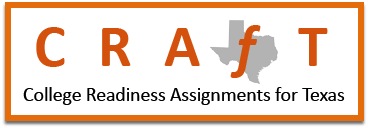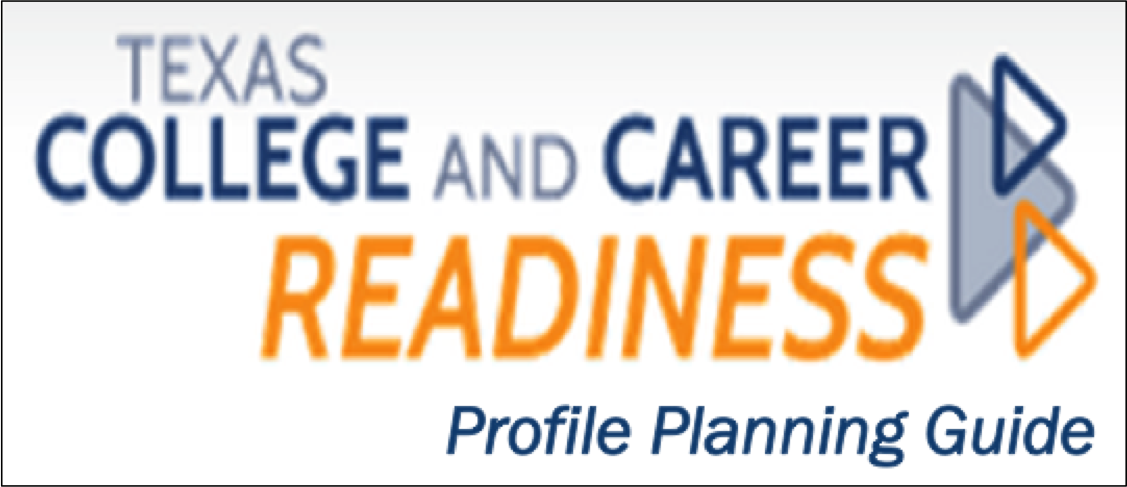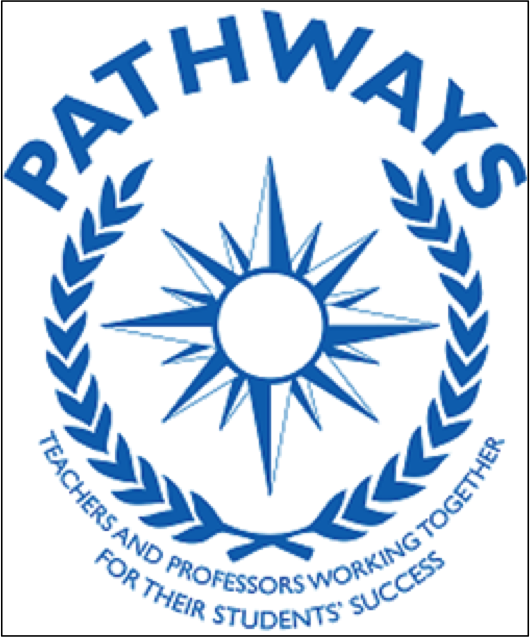A. Compose a variety of texts that demonstrate clear focus, the logical development of ideas in well-organized paragraphs, and the use of appropriate language that advances the author’s purpose.
1. Determine effective approaches, forms, and rhetorical techniques that demonstrate understanding of the writer’s purpose and audience.
a. Prepare a topic proposal that specifies and justifies the topic, audience, and purpose.
b. Identify the types of writing (e.g., informational, analytical, polemical) and forms of writing (e.g., letter, editorial, essay) that are appropriate for the writer’s particular purpose and audience.
c. Recognize rhetorical techniques appropriate to the purpose, audience, and form of a particular composition.
2. Generate ideas and gather information relevant to the topic and purpose, keeping careful records of outside sources.
a. Utilize effective prewriting strategies: outline and prioritize ideas, anticipate questions that might be raised by readers, and identify appropriate primary and secondary source material.
b. Evaluate the reliability of possible sources and prepare an annotated bibliography.
3. Evaluate relevance, quality, sufficiency, and depth of preliminary ideas and information, organize material generated, and formulate a thesis.
a. Craft a thesis statement that articulates a position and logically organize relevant evidence and examples that support the thesis statement.
b. Become familiar with the various forms of plagiarism related to both textual and electronic sources and appropriately cite all borrowed material.
c. Demonstrate familiarity with different perspectives on a topic in addition to the writer’s. Marshal evidence to accomplish the writer’s purpose for the specified audience.
4. Recognize the importance of revision as the key to effective writing. Each draft should refine key ideas and organize them more logically and fluidly, use language more precisely and effectively, and draw the reader to the author’s purpose.
a. Produce drafts that are logically organized in relation to the writer’s purpose, audience, and chosen form.
b. Produce drafts that create tone and style appropriate to topic, audience, and task, including non-standard English when appropriate.
c. Produce drafts that use precise and engaging vocabulary appropriate to audience, purpose, and task, using sentences that are well-crafted and varied in structure.
d. Strengthen thesis statements, supported by relevant evidence and examples, cogent reasoning, anecdotes, and illustrations.
e. Revise drafts of functional texts (e.g., application, resume, operations manual) so that they demonstrate clear language and effective organization and formatting.
f. Produce texts that present technical information accurately in accessible language and utilize appropriate formatting structures (e.g., headings, graphics, white space).
g. Submit multiple drafts that reflect judicious use of self, peer, and instructor assessment.
5. Edit writing for proper voice, tense, and syntax, assuring that it conforms to standard English, when appropriate.
a. Edit for correct spelling, capitalization, and punctuation.
b. Edit for subject-verb agreement.
c. Edit for pronoun reference and agreement.
d. Improve coherence by increasing logical connections within and between sentences.
e. Edit for correct sentence structure (e.g., subordination, coordination).
f. Consult reference guides for citation conventions, grammar, mechanics, and punctuation.
g. Use a variety of proofreading techniques to compensate for the limitations of automated aids such as electronic spell and grammar checks.


 Show Printable Version
Show Printable Version



